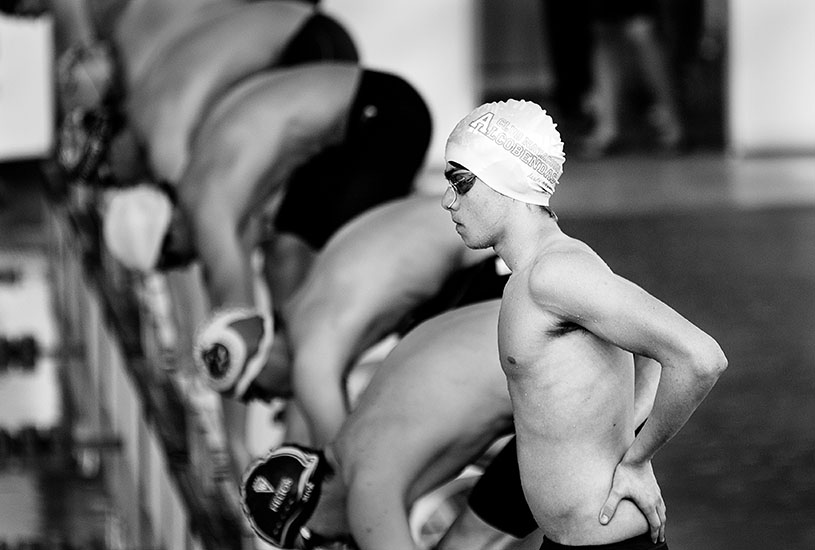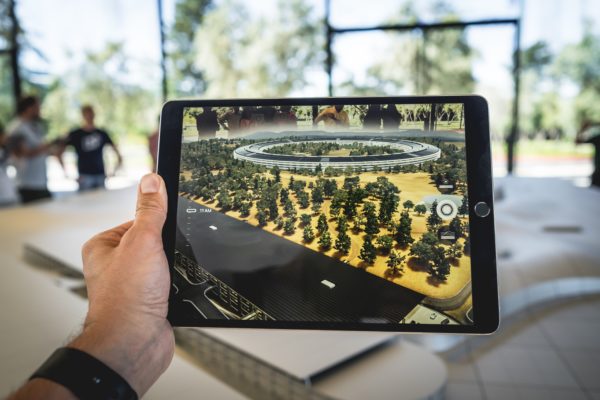New technology from Deakin’s Institute for Intelligent Systems Research and Innovation expands the potential for remote coaching.
In the world of competitive swimming, where success is measured in fractions of a second, elite swimmers and their coaches work as a team to develop a winning edge.
However, this quest for success often requires swimmers to spend time away from home in order to access high-level coaching.
Now, a new technology from the Institute for Intelligent Systems Research and Innovation (IISRI) at Deakin University has made it possible for swimmers to train in their local pools without missing out on the benefits of specialist coaching.
It also reconstructs the swimmer’s movements in 3D, eliminating the need for video filming and analysing.
“Traditionally, coaches use video analysis to monitor swimmers’ strokes and swimming styles, but the process is very time consuming. It also limits the number of swimmers individual coaches can mentor,” said IISRI Director Professor Saeid Nahavandi.
“This system can record the swimmer’s performance and provide a detailed description of their stroke style and timing, enabling coaches to develop effective training strategies and lead a larger number of swimmers.
“It also allows more athletes to access coaching resources without having to spend time travelling away from home.”
Dr Shady Mohamed, Senior Research Fellow in Signals and Systems at IISRI, said the Intelligent Swim Sensor is easy for swimmers and coaches to use.
It consists of a lightweight, off-the-shelf sensor clipped to the athlete’s swimwear at the lumbar spine and an iPhone app developed by Dr Mohamed.
Dr Mohamed also developed the algorithm and analytic software behind the Intelligent Swim Sensor.
“One of the advantages of the technology is that it works using different brands of sensors and doesn’t require expensive, proprietary equipment. The system also works without needing to be calibrated to individual swimmers,” he said.
[testimonial_text]All the swimmer needs is the sensor and an iPhone. The sensor records the data to the app, and the coach then uploads and analyses the file.[/testimonial_text]
[testimonial_picture name=”Dr Shady Mohamed” details=”Senior Research Fellow in Signals and Systems at IISRI”]
 [/testimonial_picture]
[/testimonial_picture]Dr Mohamed explained that the position of the sensor on the swimmer’s body is important.
“Existing sports sensors for swimming are worn either on the wrist or as a headband, which is inconvenient for swimmers and actually compromises their performance.
“However, when it’s located on the lumbar spine it doesn’t affect their performance at all.”
Prof Nahavandi said the system had a number of unique features compared to existing swimming analysis technologies, including provision of swimming scores for each of the swimming styles to monitor a swimmer’s progress, high accuracy in determining stroke counts and durations and the ability to adapt to different swimmers from different levels without the need for recalibration.
“This technology is the result of a research partnership between IISRI and the Australian Institute for Sport (AIS).
“It sets a new standard for the quality of swimming technology in terms of accuracy, adaptability, usability, and capabilities,” Prof Nahavandi said.
“Having this technology available to Australian elite swimmers gives them an edge over other international swimmers through well informed coaching practices and individualised swimming analysis with minimised effort from coaches.”
Dr Mohamed said the robust algorithm and analysis tools behind the software could be easily adapted for sporting domains other than swimming and had already attracted attention from cycling and skiing coaches.
This article was published by Deakin Research on 26 June 2017.



